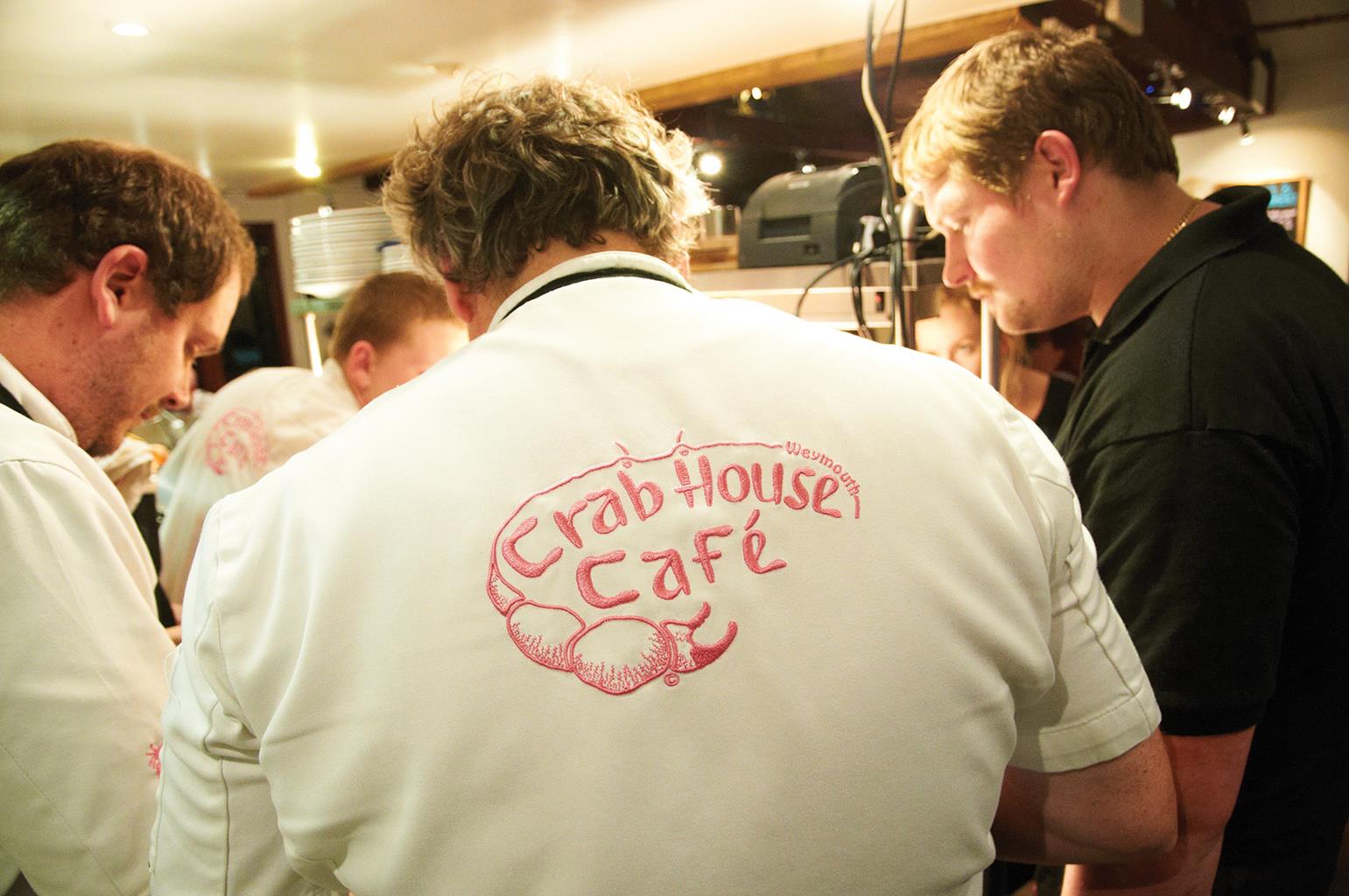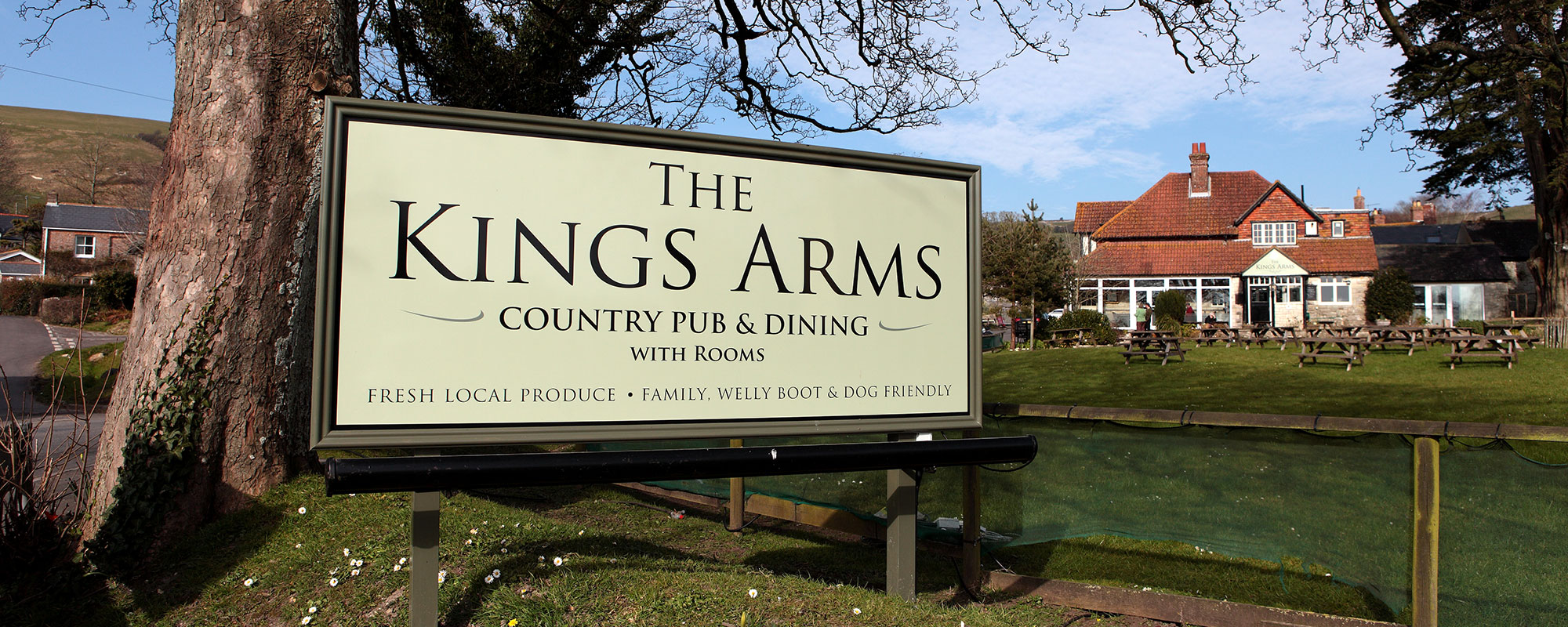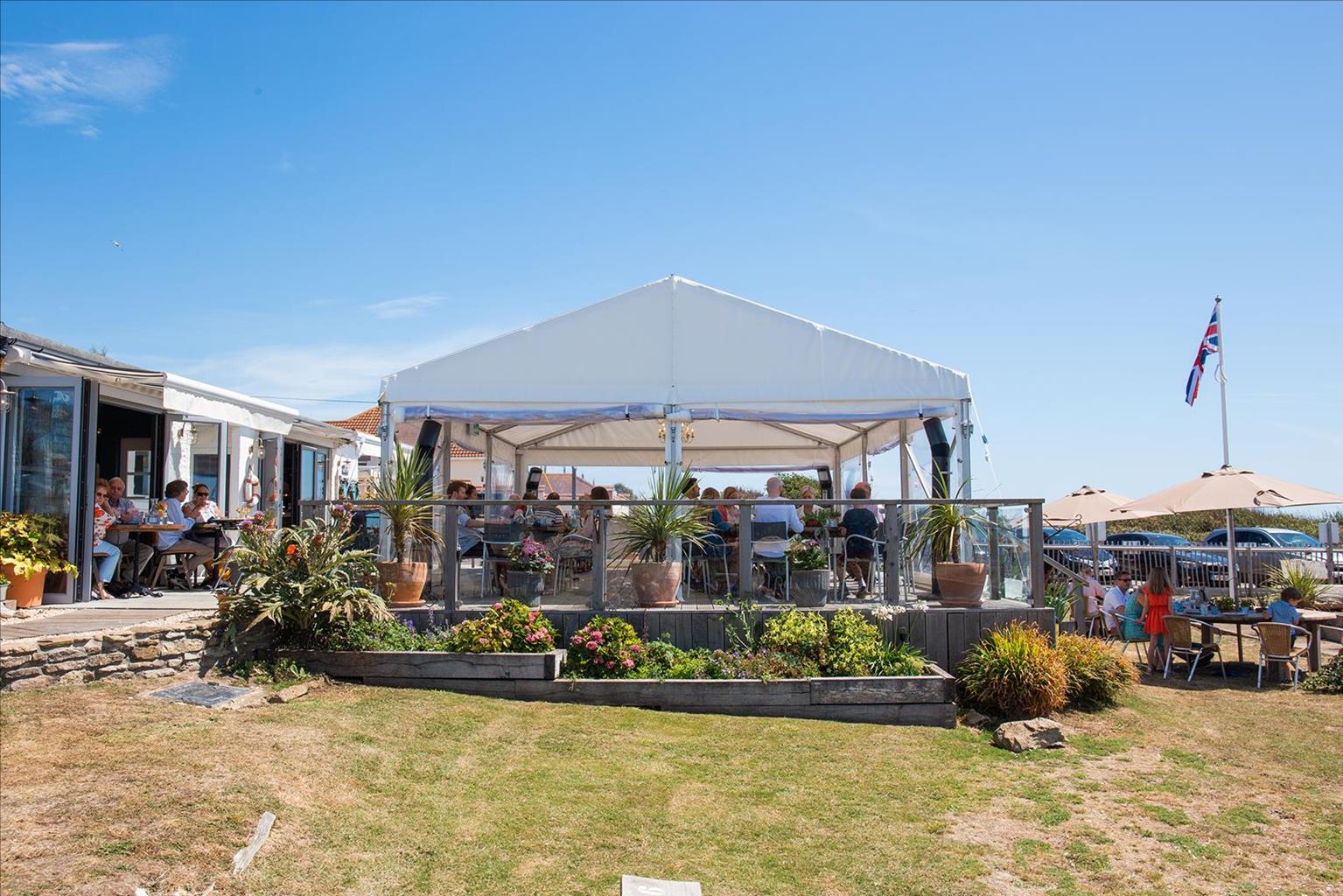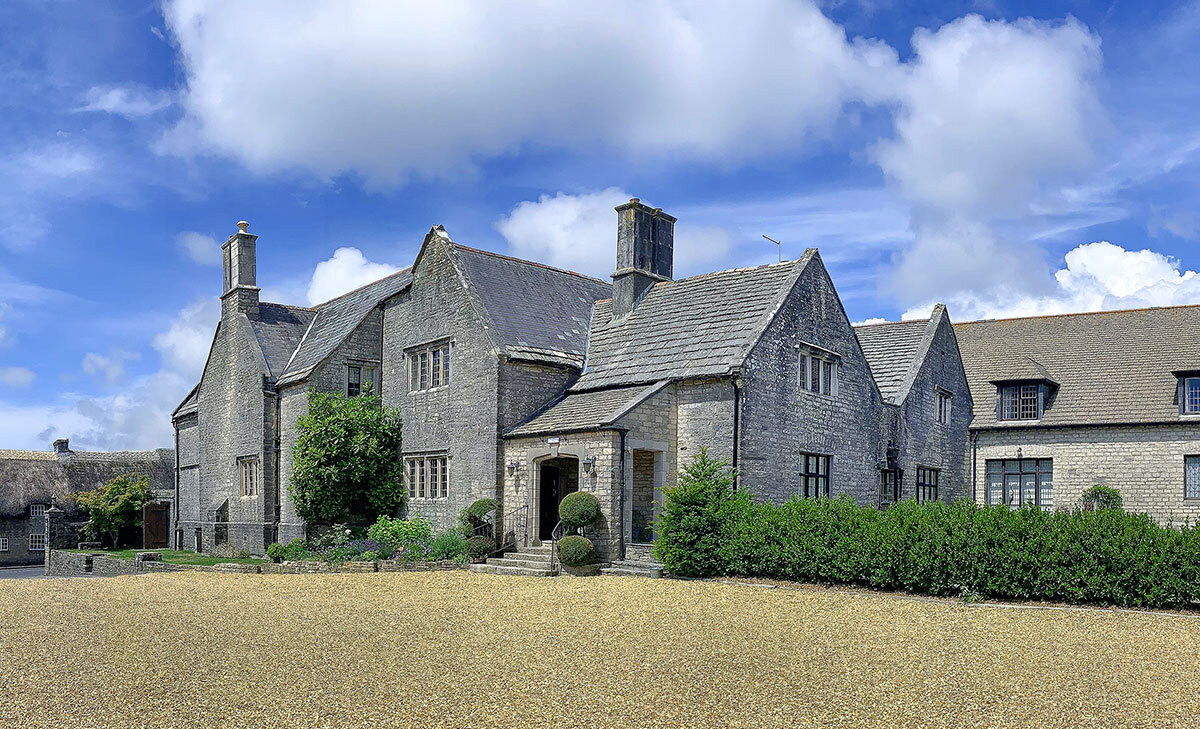Cove Park offers unparalleled views of the Jurassic Coast, and is the perfect starting point for…
Portland Bill coastal tour

3.5 miles (5.7kms)
About the walk
The great natural causeway of Chesil Beach joins the treeless peninsula known as the Isle of Portland. Described by Thomas Hardy as ‘Dorset’s Gibraltar’, it is like nowhere else in Dorset. The rapid currents hereabouts are known as the Portland Race, and have claimed the lives of many seafarers.
You pass three lighthouses on this walk at Portland Bill. The Lower Lighthouse, just inland, is an RSPB bird observatory with accommodation – the Bill is a key point for watching cross-channel migrations. The second lighthouse is the largest and has a visitor centre. The third (the Higher Lighthouse), the smallest, is by the lookout station and is privately owned.
Here you are in the territory of Dorset’s very own stone rush. Portland stone graces many of Britain’s public buildings, among them the Tower of London, the British Museum and Buckingham Palace, as well as the United Nations building in New York. It was first quarried by the Romans. Some quarries are still worked today; others are abandoned. On this walk you’ll see several of the winches once used for loading the stone onto boats.
Portland Stone was forming high façades and pinnacles long before Sir Christopher Wren specified it for St Paul’s Cathedral. This tough limestone is responsible for sea cliff features all along the Dorset coast. Among these are the hard rocks forming the ‘doorposts’ at Lulworth Cove and the sea stacks in Mupe Bay, as well as Durdle Door. Around the Portland clifftops you can see the strikingly regular jointing of the rock that makes it so suitable for cutting and carving into cathedrals and palaces. Many of the loose blocks are crammed full of oyster-like fossils, betraying the limestone’s origin on the floor of a warm, subtropical sea of the Jurassic period. At that time, about 140 million years ago, continental drift was carrying what we now call Britain across the Mediterranean, at the same time as an episode of global warming. The quarries yield monster ammonites the size of car tyres, and the occasional dinosaur. The small curly gastropod (snail) known as the Portland Screw is well displayed in the Portland Stone used for refacing the Cobb at Lyme Regis.
Walk directions
Follow the High Street, to the left of the Eight Kings pub, to the edge of the village, then turn left on a signposted path, just before the 40mph restriction roadsign. Turn right on the coastal path, which you’ll then be following all the way to Portland Bill lighthouse. The path leads past old quarries, then along turf, crossing a footbridge. Soon look out for a deep hollow on your left, with iron rails across a great hole; this is Cave Hole, with a blowhole in the cliff top where the sea rushes into a cave below. You can sit on the big stone blocks and look down from there at this natural spectacle.
A huge collection of multicoloured sheds on the turf are Portland’s answer to beach huts. The coast path goes through a gate with a Crown Estates sign. Just beyond here the sea rushes into an inlet and rebounds: you can see how it has cut out great scoops of the rock over the millennia. You also pass some sea stacks – pinnacles of wave-eroded rock. Reach the Lobster Pot restaurant near the Portland Bill car park. Keep to the left of the main lighthouse, turning right before a three-sided stone obelisk inscribed ‘TH, 1844’ erected as a landmark to aid shipping.
Turn right just as the view opens out ahead, at a marker stone for the coastal path. Keep round to the right of the security fence around a Ministry of Defence research centre, and to the left of the car park. Cross the MoD access track at a fingerpost (‘Chiswell’), with the Pulpit Inn over on your right. Head up just to the left of a lookout station with its various aerials, rejoining the clifftop path beyond to pass the third lighthouse.
Now on Portland’s west side, in clear conditions you can see along Lyme Bay and far into Devon. There is a business park ahead. About 100yds (90m) before its boundary fence, a marker stone ‘East Cliff’ points you to the right, inland, onto a grassy path. This soon bends right, back towards Portland Bill, for 220yds (200m).
Just after the path bends left again, keep left at two junctions close together to join a track. At the next junction in 100yds (90m) turn left, now between dry-stone walls. Join a residential road on the edge of Southwell, and turn right down it. Turn right at the T-junction (Sweethill Lane) and right again (no entry sign) to reach the Eight Kings and the start of the walk.
Additional information
Stony and on grass, level or gently undulating, village road
Grassy paths and tracks, level cliff tops, abandoned quarries
Beware of unfenced cliff tops
OS Explorer OL15 Purbeck & South Dorset
By roadside in centre of Southwell village, at road junction by Eight Kings pub
At Portland Bill car park near the main lighthouse
WALKING IN SAFETY
Read our tips to look after yourself and the environment when following this walk.
Find out more
Also in the area
About the area
Discover Dorset
Dorset means rugged varied coastlines and high chalk downlands. Squeezed in among the cliffs and set amid some of Britain’s most beautiful scenery is a chain of picturesque villages and seaside towns. Along the coast you’ll find the Lulworth Ranges, which run from Kimmeridge Bay in the east to Lulworth Cove in the west. Together with a stretch of East Devon, this is Britain’s Jurassic Coast, a UNESCO World Heritage Site and Area of Outstanding Natural Beauty, noted for its layers of shale and numerous fossils embedded in the rock. Among the best-known natural landmarks on this stretch of the Dorset coast is Durdle Door, a rocky arch that has been shaped and sculpted to perfection by the elements. The whole area has the unmistakable stamp of prehistory.
Away from Dorset’s magical coastline lies a landscape with a very different character and atmosphere, but one that is no less appealing. Here, winding, hedge-lined country lanes lead beneath lush, green hilltops to snug, sleepy villages hidden from view and the wider world. The people of Dorset are justifiably proud of the achievements of Thomas Hardy, its most famous son, and much of the county is immortalised in his writing.
Nearby stays
Restaurants and Pubs
Nearby experiences
Recommended things to do
Why choose Rated Trips?
Your trusted guide to rated places across the UK
The best coverage
Discover more than 15,000 professionally rated places to stay, eat and visit from across the UK and Ireland.
Quality assured
Choose a place to stay safe in the knowledge that it has been expertly assessed by trained assessors.
Plan your next trip
Search by location or the type of place you're visiting to find your next ideal holiday experience.
Travel inspiration
Read our articles, city guides and recommended things to do for inspiration. We're here to help you explore the UK.
















